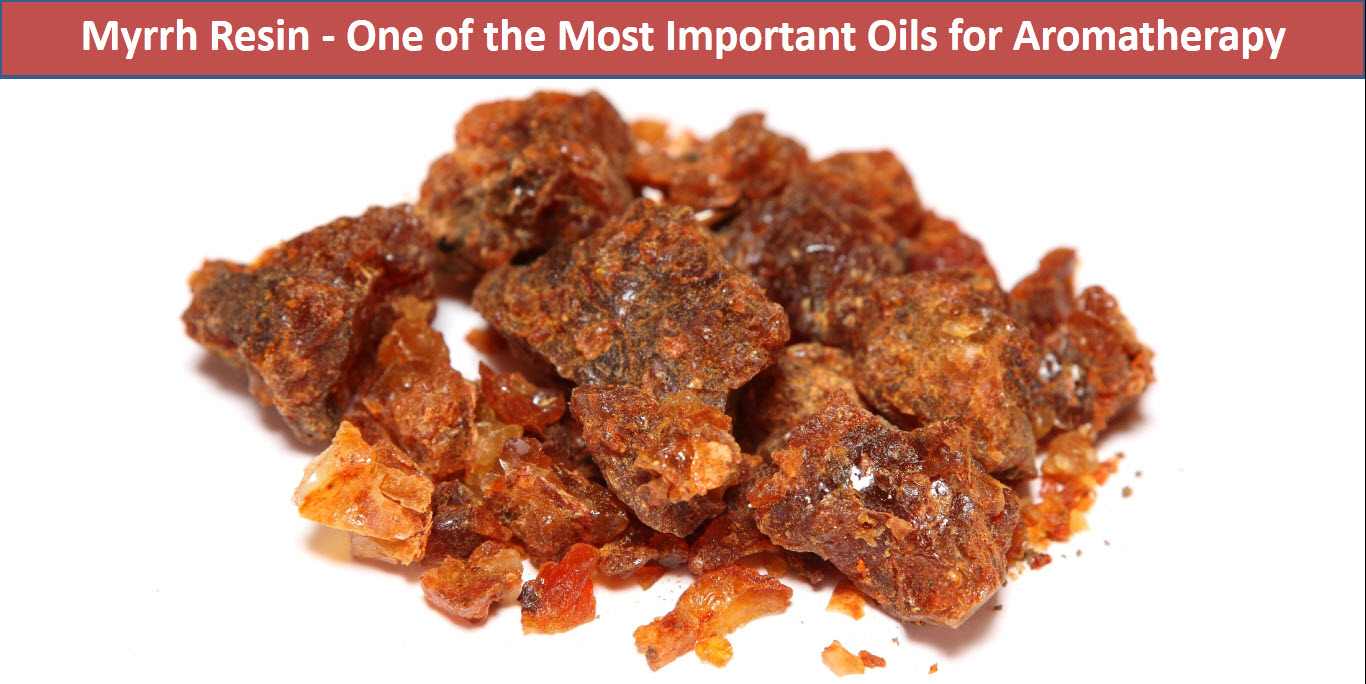Blogs

Myrrh Resin - One of the Most Important Oils for Aromatherapy
Myrrh Resin comes from a thorny tree. For thousands of years, people have used it for a variety of different purposes, including perfume, incense, and even medicine. In ancient times, it was commonly mixed with posca or wine and drunk for general pleasure. The benefits of myrrh make it one of the most important oils for aromatherapy. Learn about the properties of this odor-reducing resin.
Origin of Myrrh Resin
Myrrh is extracted from a species of small thorny tree. For centuries, this resin has been used as a perfume, incense, and medicine. In ancient cultures, the resin was often mixed with posca or wine for general pleasure. However, the origin of this fragrant resin is not entirely clear. This aromatic resin is found in a variety of countries around the world.
The origin of myrrh and frankincense resins can be traced back to ancient times. Ethnobotanists collected these fragrant resins by making gashes into the trunk of the trees. The sap then slowly oozes out from the cuts. It drips down the tree and forms tear-shaped beads. After two weeks, harvesters collect these beads. The oil in the resin is a natural fragrance and can be used by people as a perfume or as a fragrance.
Organic Constituents in Myrrh Resin
Myrrh has medicinal benefits in several areas. Its essential oil is highly effective in wound healing. Myrh essential oil is one of the main ingredients in herbal antiseptic wound sprays. Its anti-inflammatory properties make it an excellent anti-aging product. It may also be beneficial for the treatment of various skin diseases such as acne and aging. Despite its medicinal value, frankincense and myrrh are no longer used in the traditional way. However, scientists are discovering new uses for this aromatic substance. Some of these new uses include treating asthma, osteoarthritis, and rheumatoid arthritis.
The present investigation provides insights on the inorganic and organic medicinal constituents of myrrh resin. It supports the traditional use of myrrh resin as a medicine. It contains elements required for normal biological functions while containing toxic quantities of others. This indicates that it may be a valuable supplement to other nutrients and vitamins. If these claims are true, it may be worth trying the myrrh resin as a medicine.
Myrrh Clinical Uses
Research has demonstrated that the resin from the Myrrh plant may have anti-inflammatory and antimicrobial effects. The plant also has antibacterial, antifungal, and analgesic properties, and may even be an effective analgesic. In addition, myrrh has antioxidant and hepatoprotective properties, and it has been found to increase levels of the antioxidant enzyme c-jun N-terminal kinase.
Native Regions of Myrrh Resin
Myrrh resin comes from the tree Commiphora myrrha, which grows wild in northeast Africa and the Arabian Peninsula. This tree has sparse leaves that grow in clusters of three. It can grow as tall as nine feet. It is used to make a variety of products, including incense, perfume, and cosmetics. Here are some of the main uses of myrrh.
Frankincense comes from the tree Boswellia, while myrrh is a gum resin from the Commiphora species. Both of these trees belong to the "incense" family. These trees are native to the arid deserts of the world, and harvesting resin during the dry season is a vital source of income for these regions. In ancient times, these trees were very valuable for their scents.
The Bottom Line
Myrrh is used to treat a variety of conditions, including indigestion, ulcers, and colds. In the past, it has also been used to treat syphilis, fasciolisis, and asthma. In some cases, it is also used as a flavoring agent in foods. One significant study found that myrrh can detoxify ammonia, a by-product of protein digestion. It is then excreted by the kidneys. When ammonia builds up in the blood, it can affect brain function and cause cell damage. In addition, myrrh can increase levels of antioxidants.

